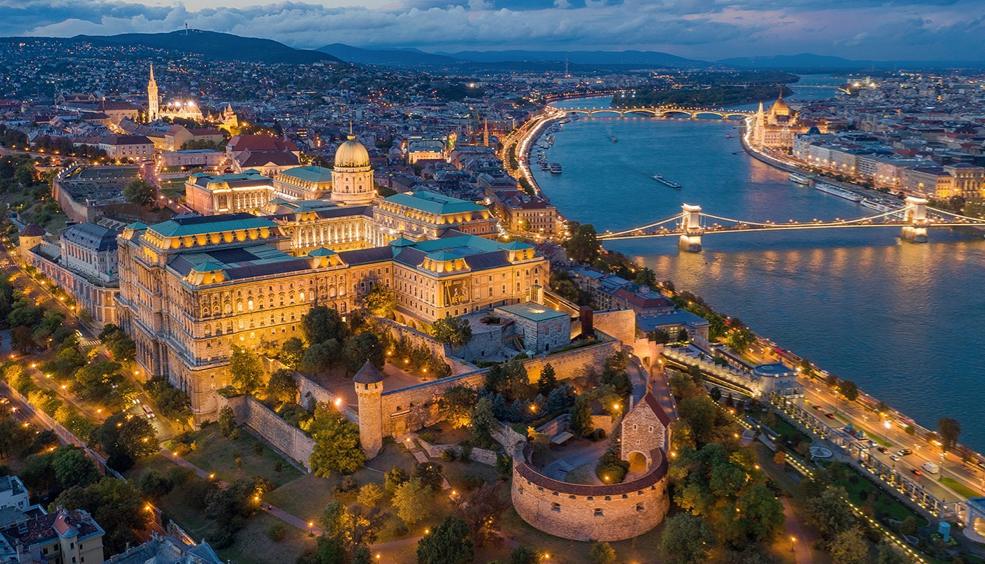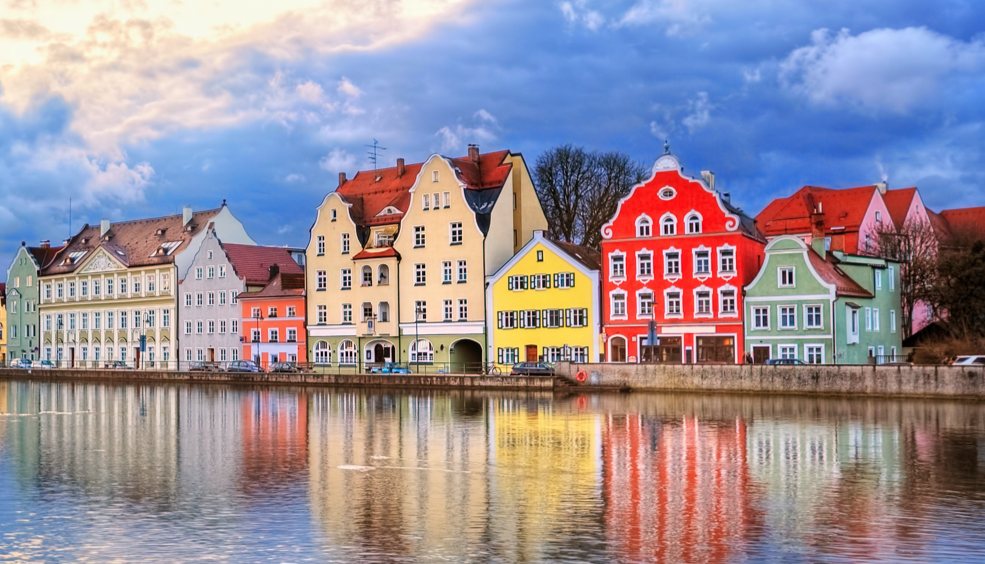GRAN CANARIA, THE IDEAL DESTINATION FOR 4-5 DAYS
Looking for somewhere to go on a long weekend? Have you got a few days off and you want to make the most of them? Gran Canaria is a destination that has it all if you want to get away, any time of year!
more info4 ROMANTIC DESTINATIONS TO SWEEP YOUR PARTNER OFF THEIR FEET
Whether to celebrate Valentine's Day or an anniversary, or simply to give your partner an amazing gift, here are some ideas for a romantic getaway.
more infoREASONS TO VISIT MENORCA IN WINTER. IT'S SO MUCH MORE THAN BEACHES!
The islands are not only for summer! Some say that Menorca is even more beautiful in winter, if possible. We tell you why, so you can start to plan your next getaway very soon!
more infoFIVE OFFBEAT WEEKEND DESTINATIONS (FOR SOMETHING DIFFERENT)
Looking for a different kind of destination to get away? Keen to discover somewhere new? Pack your bag and head to these cities which you've probably never visited.
more info




